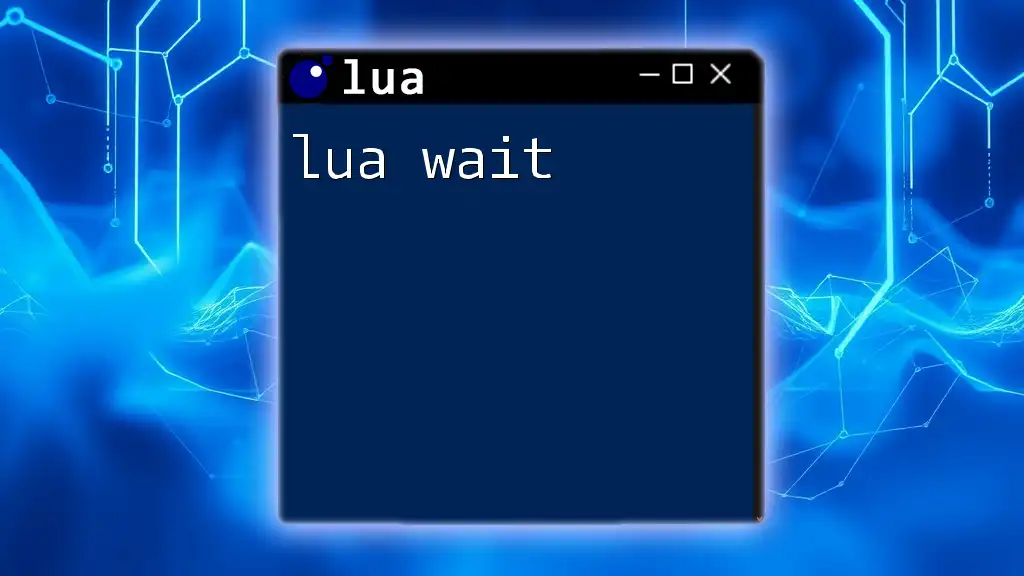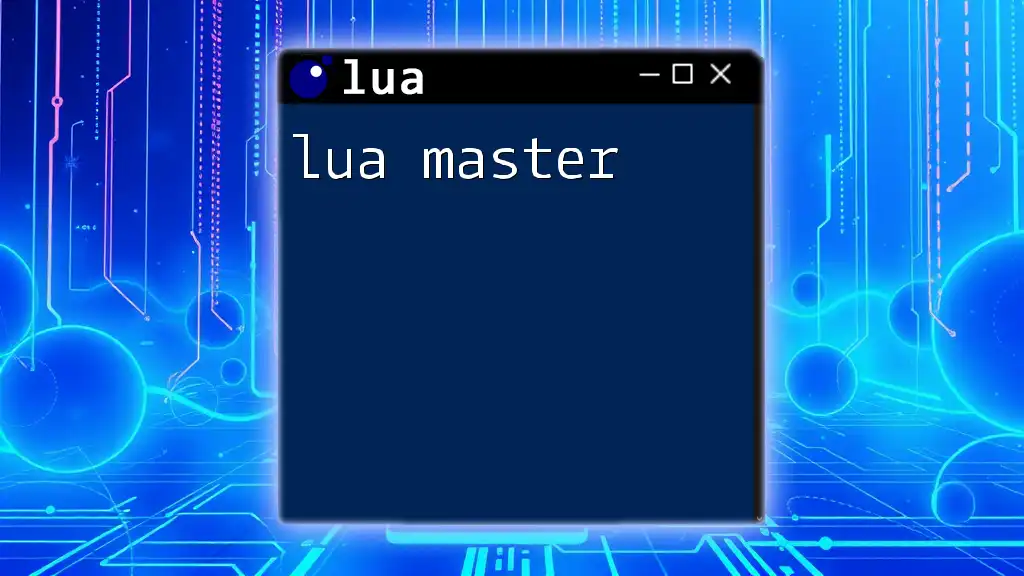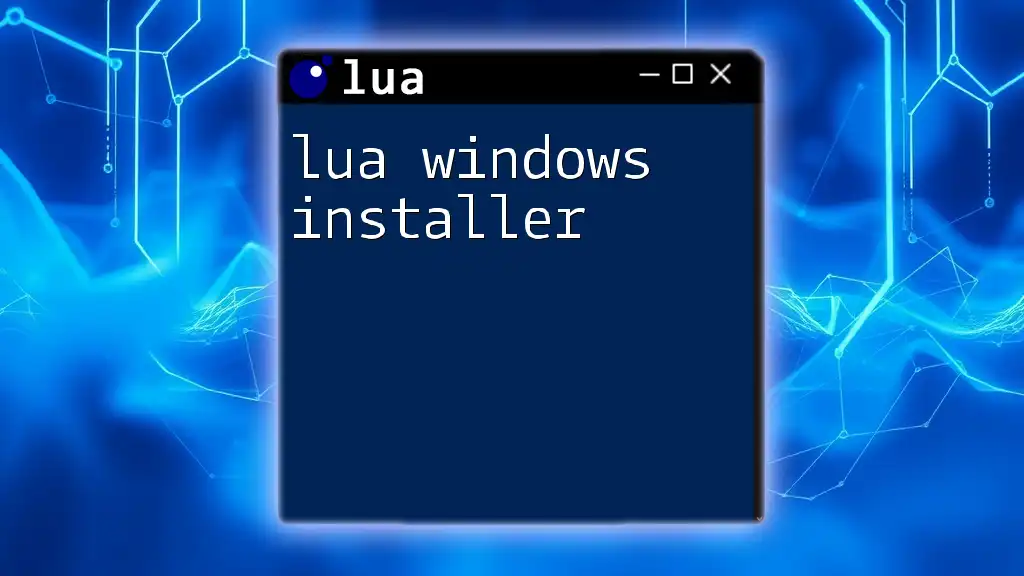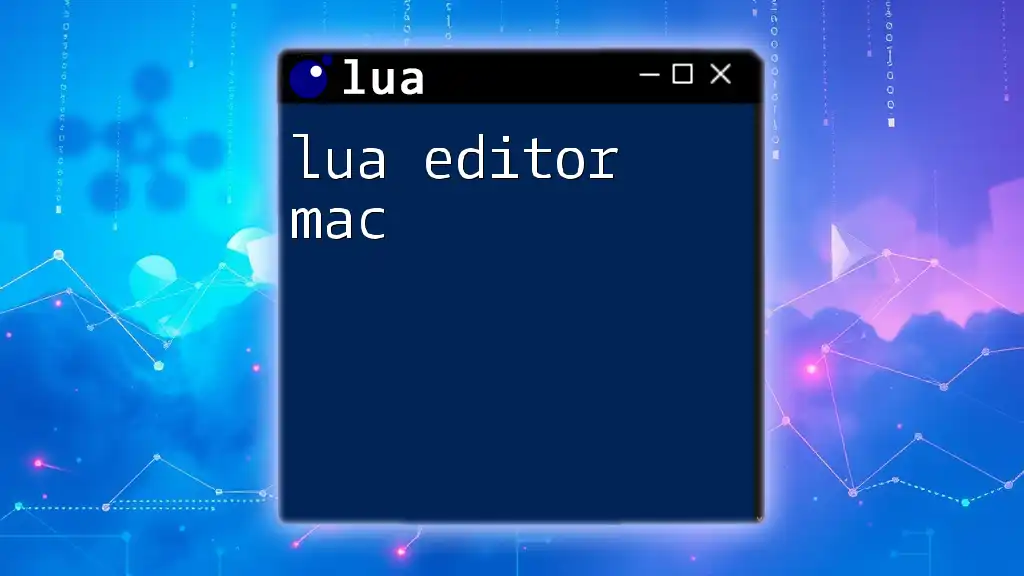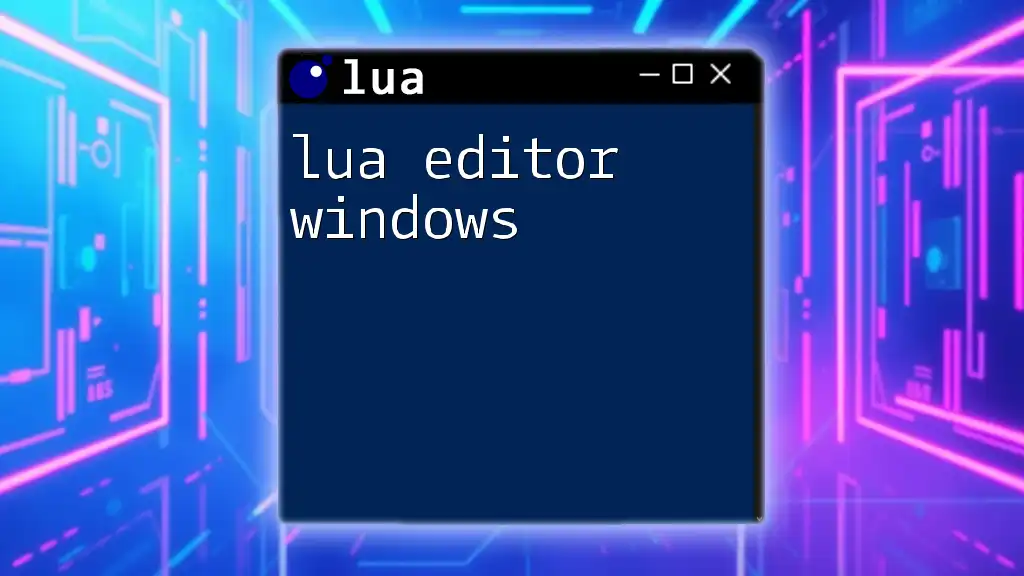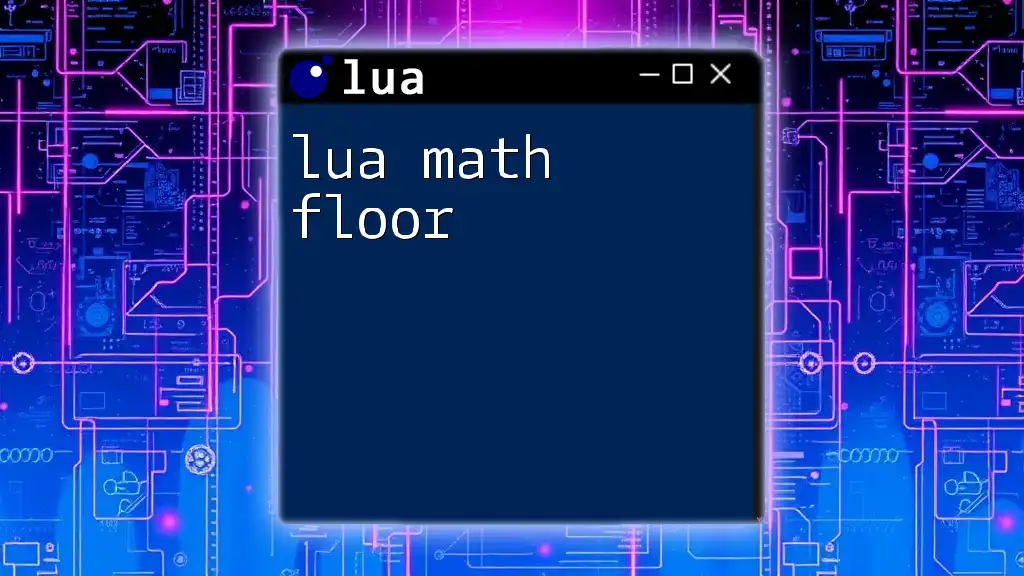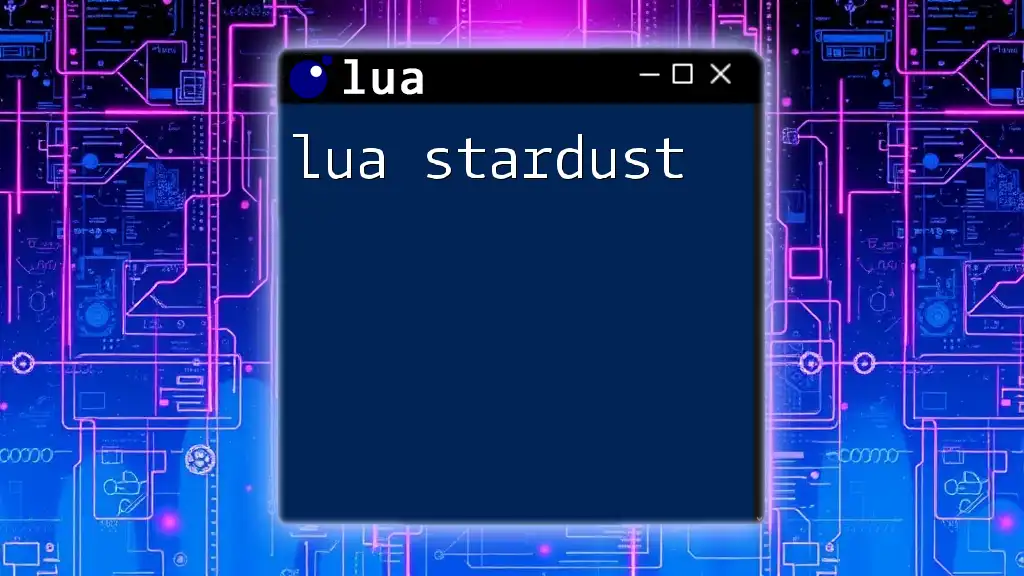The `wait` function in Lua is used to pause the execution of a script for a specified number of seconds, allowing for time delays in your program.
Here’s a code snippet to illustrate how to use the `wait` function:
print("Waiting for 3 seconds...")
wait(3) -- pauses the execution for 3 seconds
print("Continuing after the wait!")
Understanding the `wait` Function
What is the `wait` Function?
The `wait` function in Lua is a built-in command that serves a crucial purpose: it halts the execution of a script for a specified amount of time. This is particularly useful in scenarios where you want to create delays between actions, enhance the user experience in graphical applications or games, and manage the flow of execution in your scripts.
How `wait` Works
The fundamental behavior of `wait` is straightforward—when called, it pauses the script's execution for the duration specified in seconds. For instance, if you use `wait(2)`, the program will pause for 2 seconds before proceeding to the next line of code.
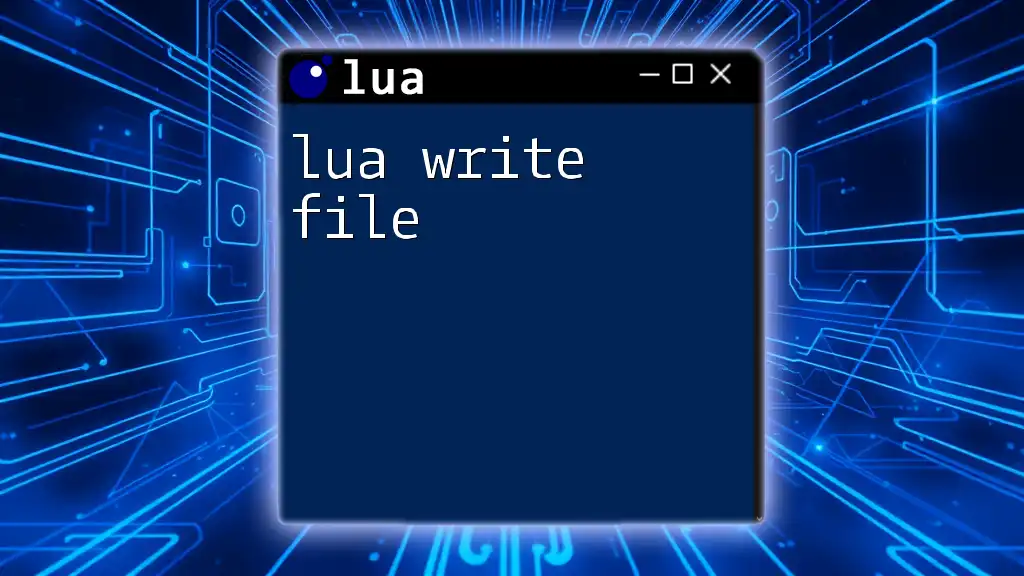
Basic Syntax of `wait`
The Basic Command Structure
The syntax for the `wait` function is simple:
wait(seconds)
Here, `seconds` is the amount of time you want the script to wait, expressed in either whole or decimal numbers.
Example of Basic Usage
For a practical illustration:
print("Start waiting...")
wait(2) -- Pauses for 2 seconds
print("Resumed after waiting!")
In this example, the script will print "Start waiting...", wait for 2 seconds, then print "Resumed after waiting!". This simple use of the `wait` function demonstrates how to manage timing in a script effectively.
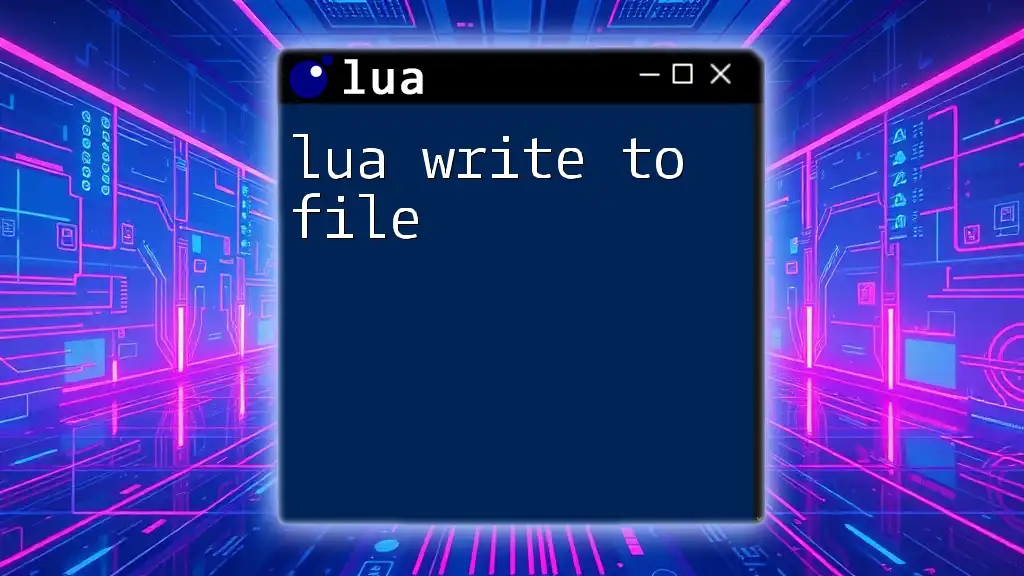
Practical Applications of `wait`
Animation and Game Development
In game development and animation, managing the timing between frames or actions is critical to producing a smooth experience.
Example: Simple Animation Loop
Here’s a clear example showing how `wait` facilitates frame control:
for i = 1, 5 do
print("Animation Frame: " .. i)
wait(0.5) -- Wait for half a second between frames
end
In this snippet, the loop runs five times with a pause of 0.5 seconds between each iteration. This approach allows for a simple animation effect, where each frame is displayed for a brief moment, enhancing the visual experience for users.
Timers and Events
Using `wait` is not just limited to animations; it can also be integral for timers and controlling the timing of events in scripts.
Example: Timer Implementation
Consider the following code for a timer:
function startTimer(duration)
print("Timer started for " .. duration .. " seconds.")
wait(duration)
print("Timer ended!")
end
startTimer(10) -- Timer for 10 seconds
This function initiates a timer for the specified duration, pausing the script flow during that time. When the countdown is over, it notifies the user that the timer has ended.
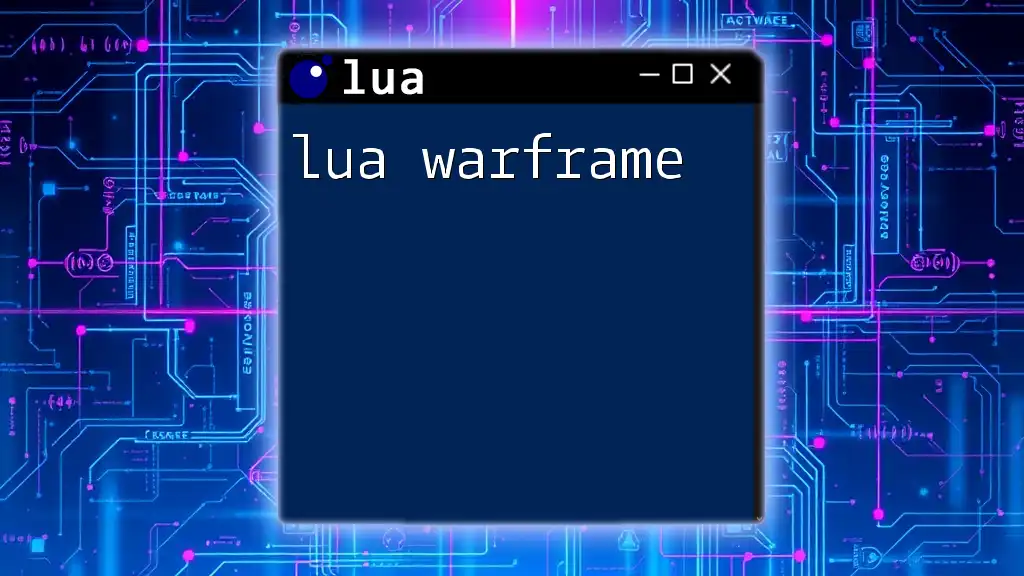
Advanced Usage of `wait`
Chaining with Other Functions
The power of `wait` extends beyond basic delays; it can be combined with other functions to achieve a flow of execution that adds complexity to your scripts.
Example: Chaining Actions
Take a look at this example demonstrating how to chain multiple actions:
function performActions()
print("Action 1 initiated.")
wait(1)
print("Action 2 initiated.")
wait(1)
print("Action 3 initiated.")
end
performActions()
In this case, each action is followed by a short pause, allowing for a sequential flow that can enhance clarity in your scripts. This approach helps mimic real-world scenarios where actions cannot all occur simultaneously.
Handling `wait` in Loops
Using `wait` within loops can be particularly beneficial but requires careful handling to avoid freezing scripts or causing performance lags.
Example: Safe Loops Using `wait`
Here’s how you might safely use `wait` in an infinite loop:
while true do
print("This will repeat every 2 seconds.")
wait(2)
end
This loop will continuously print the message every 2 seconds. However, it's crucial to ensure that such loops have an exit plan or conditional check to prevent unintentionally freezing your script, especially during development.
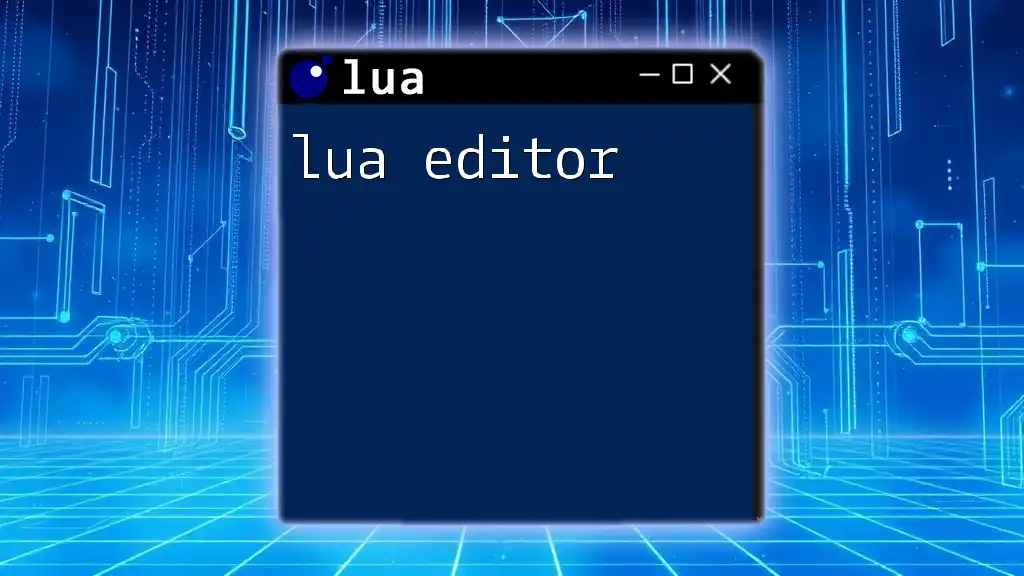
Best Practices for Using `wait`
Choosing the Right Duration
When utilizing `wait`, selecting the appropriate duration is vital. If you choose a wait time that is too long, it may lead to a frustrating experience for users, making the interaction feel sluggish. Conversely, excessively short waits may hinder the ability to read outputs or observe animations properly. Therefore, balancing wait times to improve user experience is essential.
Alternatives to `wait`
While `wait` is a useful tool, there are alternatives worth considering, such as `task.wait()` and coroutines.
Example: Using `task.wait()`
Here’s a quick comparison of `task.wait()`:
task.wait(1) -- Similar to wait but potentially more efficient
`task.wait()` can be more efficient in certain contexts, particularly with concurrent execution. Evaluating your specific needs will help you determine which function best suits your project.
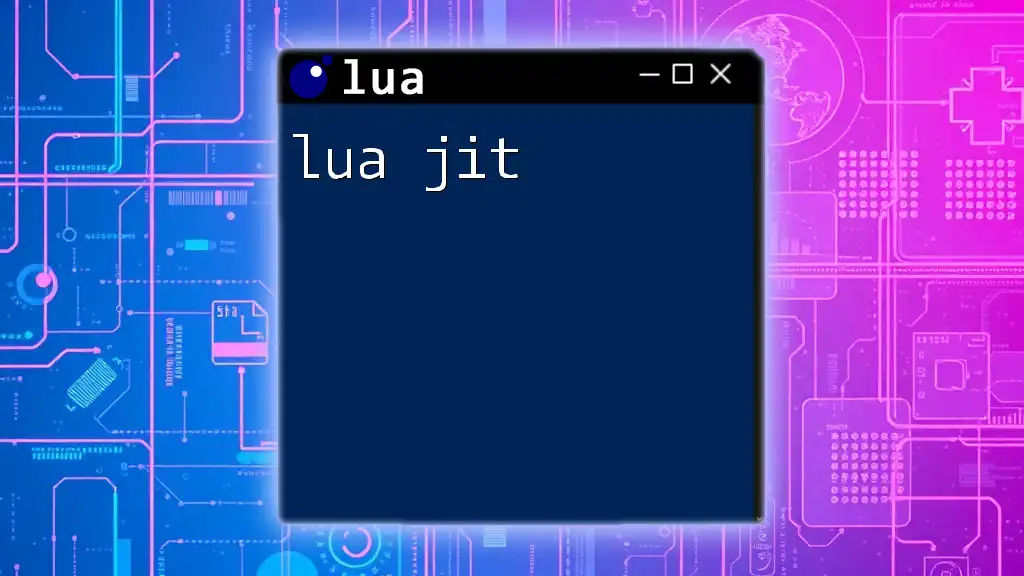
Common Issues with `wait`
Overusing `wait`
Over-reliance on `wait` can lead to problematic scripts that become unresponsive. Developers should strive for a balance, utilizing delays judiciously to create a smooth flow without halting the entire program.
Debugging `wait` Issues
If you encounter issues while using `wait`, consider assessing the duration used and the overall structure of your loop or function. Ensuring that your intended flow is clear and that `wait` is used appropriately will help troubleshoot problems effectively.
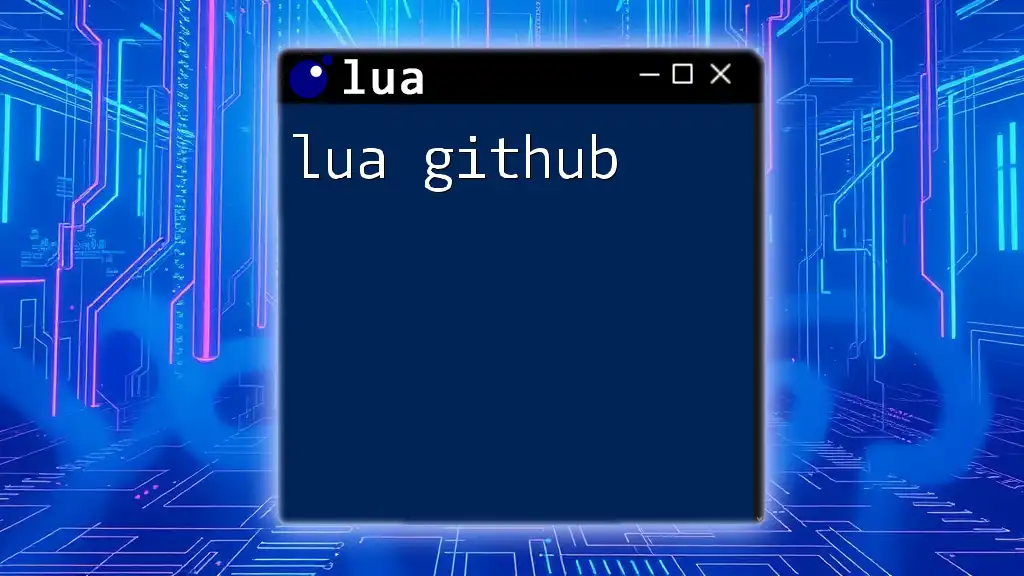
Conclusion
In summary, the `lua wait` function is a fundamental tool for managing timing in your Lua scripts. From creating animations and timers to crafting complex flows, understanding how to leverage this command will significantly enhance your programming skills. Whether you're a beginner learning the ropes or an experienced developer looking to refine your techniques, experimenting with `wait` will lead to valuable insights and improved projects. Join our community for more tips and tricks on mastering Lua commands!
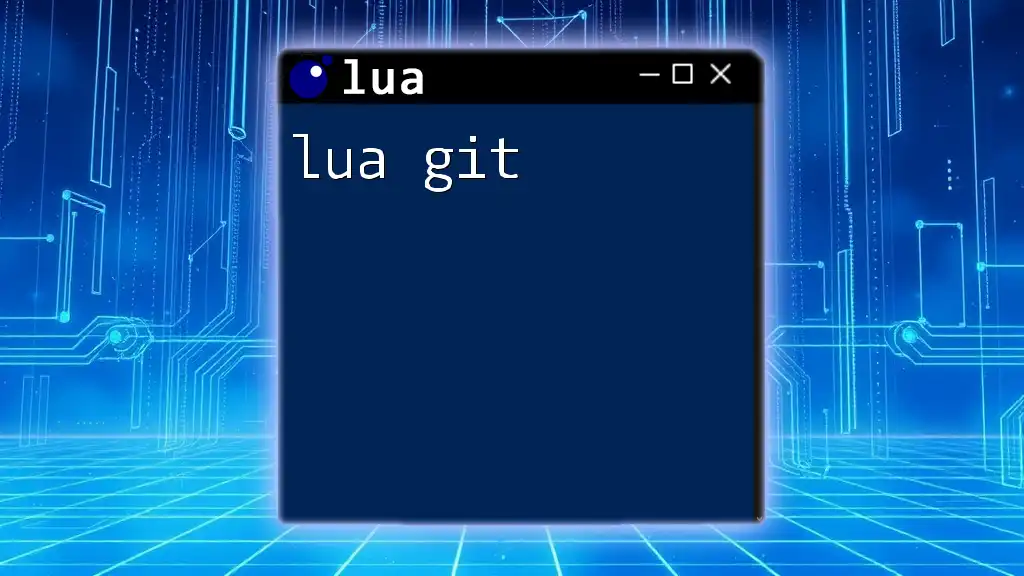
Additional Resources
For further exploration, check out the official Lua documentation, recommended courses, and community forums where you can connect with fellow Lua developers. Happy scripting!

